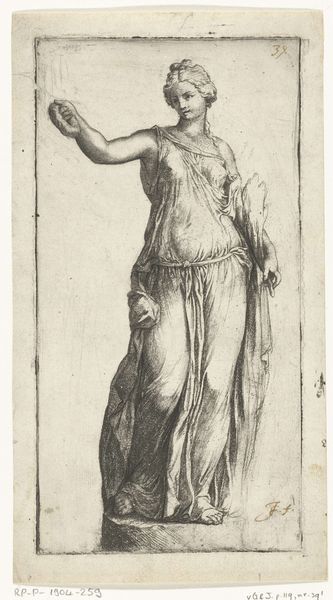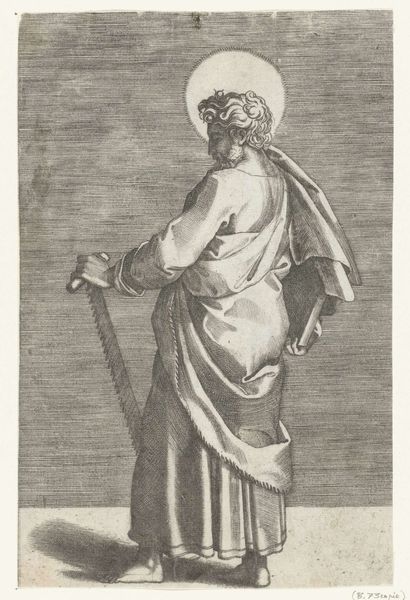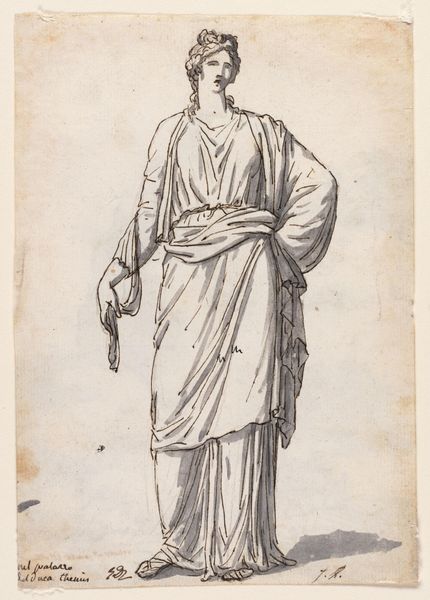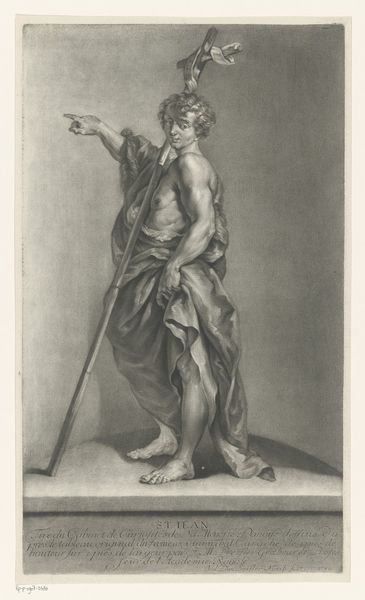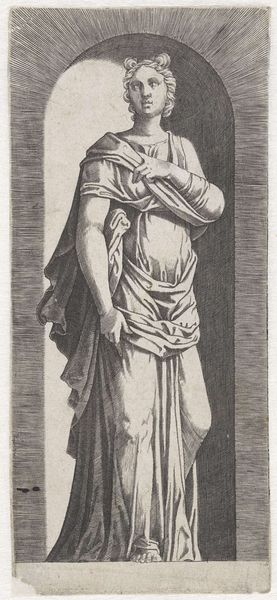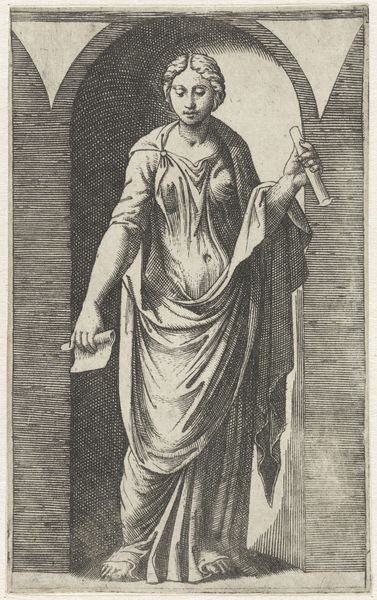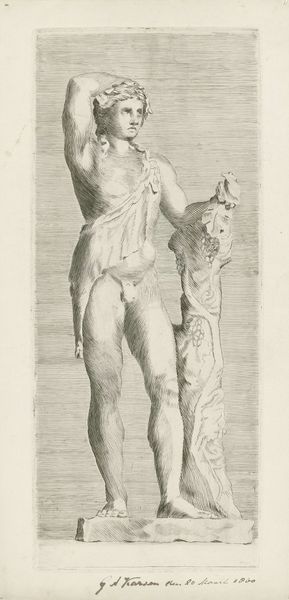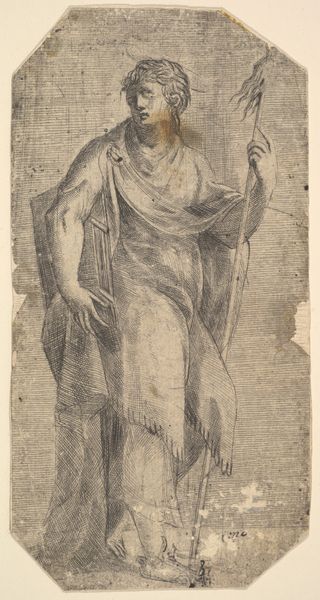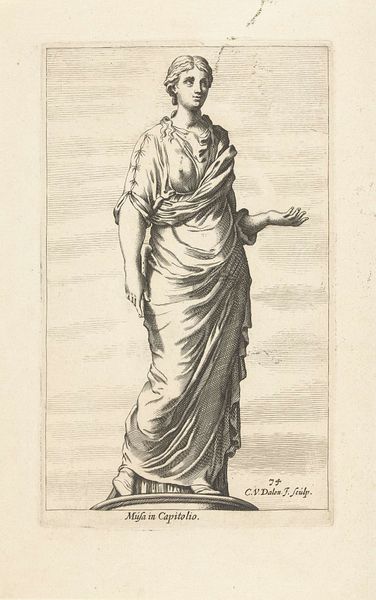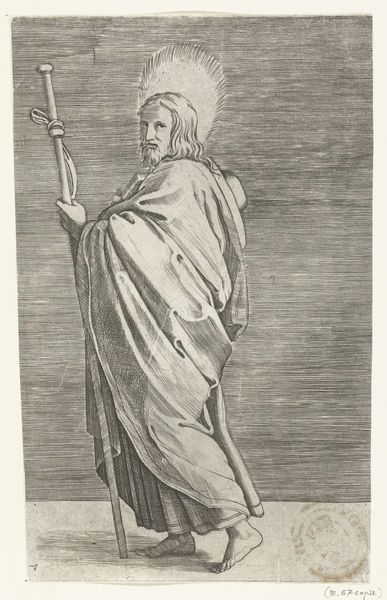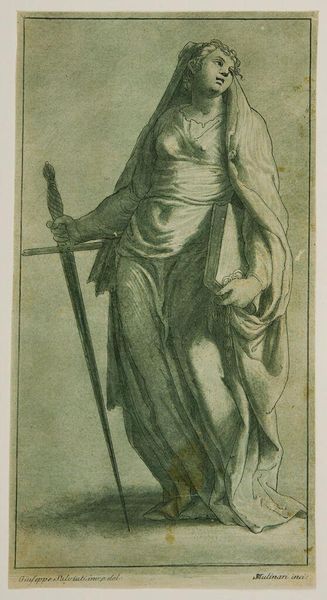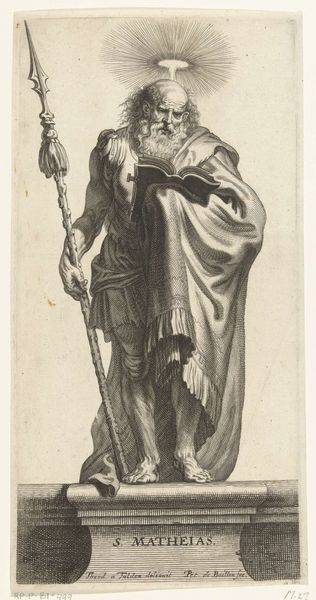
print, engraving
#
allegory
#
baroque
# print
#
figuration
#
history-painting
#
engraving
Dimensions: height 355 mm, width 227 mm
Copyright: Rijks Museum: Open Domain
Hendrik Bary created this print, Muze der muziek (Euterpe?), sometime between 1640 and 1707, using engraving. Engraving is a precise, labor-intensive process. A design is incised into a metal plate, traditionally copper, using a tool called a burin. The incised lines hold ink, and when the plate is pressed against paper, the image is transferred. The clarity and detail achieved in this print speak to Bary’s skill and the capabilities of the medium. Consider the social context: printmaking in the 17th century was tied to the rise of a mercantile economy. Prints like this one allowed for the wide distribution of images, democratizing art. While the subject matter – a classical muse – reflects elite taste, the medium itself made art more accessible. Ultimately, understanding the material and process behind this print allows us to appreciate its dual nature, both a product of skilled craftsmanship and a reflection of broader social and economic shifts. It blurs the line between art object and commodity, fine art and craft.
Comments
No comments
Be the first to comment and join the conversation on the ultimate creative platform.
